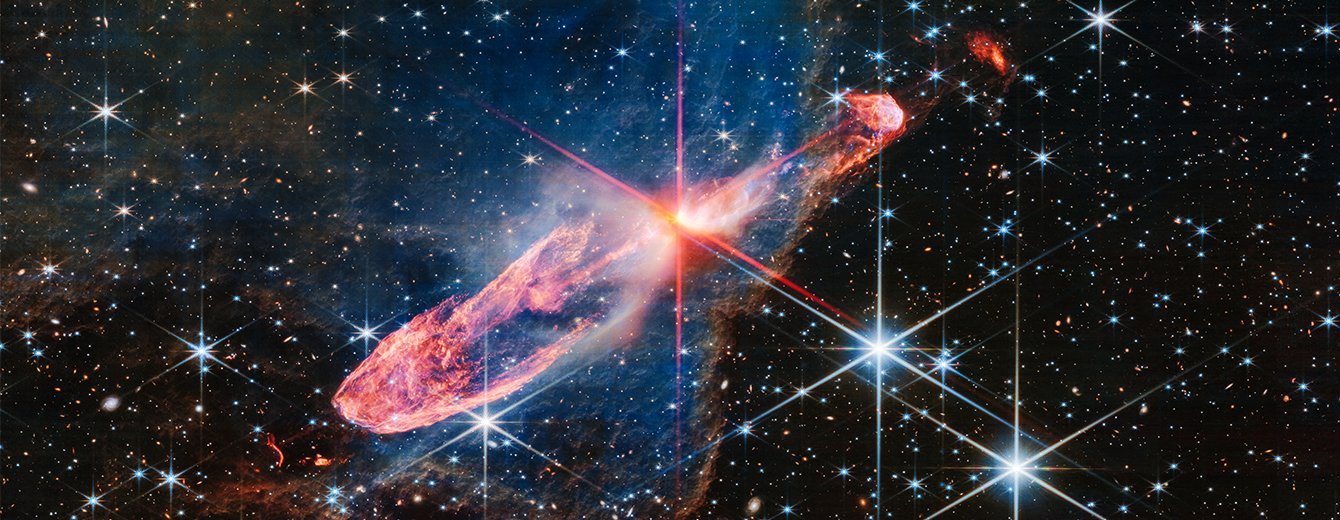Astrophysics and cosmology are two closely related fields that help us understand the universe. Astrophysics applies the principles of physics to celestial bodies and cosmic phenomena, while cosmology focuses on the origin, evolution, and overall structure of the universe. Both fields address fundamental questions, such as how stars form, what black holes are, and how the universe began.
Fundamental Forces Shaping the Universe
Astrophysics relies on four fundamental forces to explain celestial events:
- Gravity: The force that governs planetary orbits, black hole formation, and galaxy clustering.
- Electromagnetism: Responsible for light, radiation, and magnetic fields in space.
- Strong Nuclear Force: Holds atomic nuclei together, powering stars through nuclear fusion.
- Weak Nuclear Force: Plays a role in radioactive decay, influencing stellar evolution.
Key Concepts in Astrophysics
1. Gravity and Relativity
Gravity, first described by Isaac Newton, is the force that pulls objects toward each other. Albert Einstein’s general theory of relativity expanded on this by explaining that massive objects warp spacetime, causing the effect we perceive as gravity. This theory predicted black holes—regions of space where gravity is so intense that not even light can escape.
Example: The bending of starlight around the Sun during a solar eclipse confirmed Einstein’s theory in 1919.
2. Black Holes and Neutron Stars
When massive stars exhaust their nuclear fuel, they undergo supernova explosions. Depending on their mass, they can become:
- Neutron stars: Incredibly dense remnants, with a mass greater than the Sun packed into a small city-sized sphere.
- Black holes: Objects with gravitational pulls so strong that nothing, not even light, can escape.
Example: Cygnus X-1, a stellar-mass black hole discovered by its gravitational effect on a nearby star, was one of the first confirmed black holes.
3. Electromagnetic Radiation and Telescopes
Astronomers study celestial objects using different wavelengths of light, from radio waves to gamma rays. Each type of light reveals different details:
- Radio telescopes detect cold gas clouds and pulsars.
- Infrared telescopes reveal newly forming stars hidden in dust clouds.
- X-ray telescopes study high-energy events like black hole accretion disks.
Example: The Hubble Space Telescope captures visible and ultraviolet light, providing detailed images of distant galaxies.
Introduction to Cosmology
Cosmology examines the universe as a whole, focusing on its origins, structure, and future. Scientists use observations, physics, and mathematical models to study large-scale cosmic phenomena.
1. The Big Bang Theory
The prevailing theory about the universe’s origin is the Big Bang, which suggests that the universe began as an incredibly hot and dense point roughly 13.8 billion years ago. As it expanded, matter and energy spread out, eventually forming galaxies, stars, and planets.
Evidence:
- Cosmic Microwave Background (CMB): Discovered in 1964, this faint radiation is a remnant of the early universe.
- Redshift of Galaxies: Edwin Hubble observed that galaxies are moving away from us, indicating cosmic expansion.
2. Dark Matter and Dark Energy
While visible matter makes up only about 5% of the universe, the rest consists of:
- Dark Matter (27%): Invisible mass that affects galaxy rotation and clustering.
- Dark Energy (68%): A mysterious force driving the accelerated expansion of the universe.
Example: The Bullet Cluster collision provided strong evidence for dark matter through gravitational lensing effects.
3. The Fate of the Universe
Cosmologists consider different possibilities for the ultimate fate of the universe:
- Big Crunch: The universe stops expanding and collapses in on itself.
- Big Freeze: Expansion continues, leading to a cold, lifeless universe.
- Big Rip: Dark energy tears everything apart over time.
How to Start Exploring Astrophysics and Cosmology
For beginner astronomers interested in these fields, here are some ways to get started:
- Observing the Night Sky
- Use binoculars or a small telescope to observe planets, the Moon, and star clusters.
- Track constellations and their seasonal changes.
- Studying Light and Spectroscopy
- Learn how different wavelengths of light reveal chemical compositions of stars.
- Experiment with a prism or diffraction grating to separate light into spectra.
- Following Space Missions and Telescopes
- Keep up with discoveries from the James Webb Space Telescope and other observatories.
- Read about past and ongoing missions like Voyager, Hubble, and Chandra X-ray Observatory.
- Engaging with Citizen Science
- Join projects like Galaxy Zoo, where volunteers classify galaxies.
- Participate in SETI@home, which helps search for extraterrestrial signals.
Understanding Astrophysics and Cosmology
Astrophysics and cosmology provide a framework for understanding the universe’s vastness, from tiny particles to immense galaxies. With curiosity and observation, anyone can begin their journey into these fascinating sciences. Whether through backyard stargazing, studying light, or following space missions, the cosmos is always within reach for those eager to explore.

